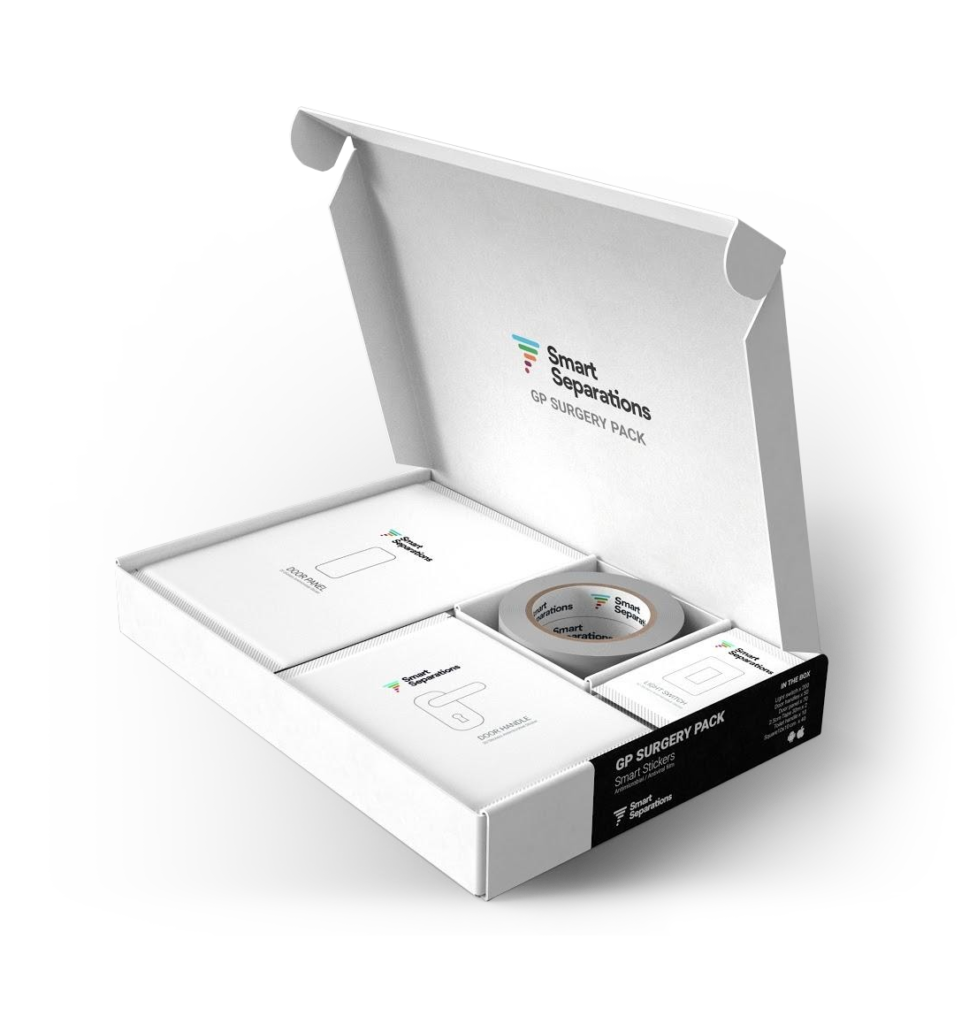
We have developed two technology platforms: a unique microfiltration technology based on ceramic membranes with conical pores and a fast-acting antimicrobial coating which is proven to destroy coranaviruses.
Smart Separations is transforming how people use microfiltration. Custom membranes designed to work with nearly any process, system or device and advanced ceramic materials capable of being used at higher temperatures, in harsh environments and with less waste.
Our research continues to develop a new generation of microfiltration technology alongside a range of consumer products that allow everyone to feel the benefit of our work.
A customisable microfiltration membrane using our ceramic material technology.
“We’d love to partner with you and explore our ViraTeq Coatings and our Smart Filter Technology for your industry.”
Hugo Macedo
CEO and Founder

For rapid deployment to help tackle Coronavirus, Smart ViraTeq Stickers can be applied quickly and cost efficiently to help reduce infections.

Destroys viruses, bacteria and fungal spores.
Acts within 2 seconds. Alternative technologies take hours.
Does not degrade or wear out over time.
Applied using conventional dipping and spraying.
Tested with metals, fabrics and ceramics.
Environmentally harmless unlike heavy metal alternatives.
“We’ve developed ViraTeq™ to destroy Coronavirus from the air and on surfaces. Tested against SARS-CoV-2. Let’s talk!”
Caleb Storkey
Client Consultant


Keep coronavirus, bacteria, mould out of the air you breathe with the Smart Air. Destroy microbes of all sorts. All without any ozone, UV or need for filter replacements.
Most air purifiers trap particles but don’t specifically address viruses. With Smart Air there’s no cellulose, microfibres, or cardboard to degrade over time. We use a ceramic filter and a unique coating to destroy viruses and microbes of all sorts to sterilise the air you breathe.
Powered in quiet mode with low power consumption.
Durable and dishwasher safe. Protects planet, saving money on replacements.
Filter will not become a reservoir for mould or bacteria.
A complete absence of any LED light technology.
Destroys viruses by up to 99.999% and reduces bacteria by up to 100%.
Patent pending lightless coatings technology.
“We’re keen to work in partnership growing the manufacturing capability to meet your needs.”
Roger Wise
Manufacturing Manager

At the core of our platform is our membrane. It’s ceramic and offers microfiltration of particles between 1 and 40 microns.
Filled with conical pores that are naturally clog-resistant. As a ceramic it’s antibacterial, heat resistant and it has exceptional mechanical strength.
Our standard model is available as a 50×50 mm square or a 23 mm circle but with Smart Membrane +, the customisation options are endless.

Robust ceramic filter can be washed and reused indefinitely.
Robust ceramic filter can be washed and reused indefinitely.
Naturally clog-resistant and less susceptible to structural damage and blockages.
True microfiltration for particles between 1 and 40 microns.
Inherently resistant to the growth of mould spores to provide a hygiene boost.
Can be used at temperatures up to 1,400 degrees C and in the harshest environments.


This project is funded by the European Union
© 2021 Smart Separations SSL
All rights reserved